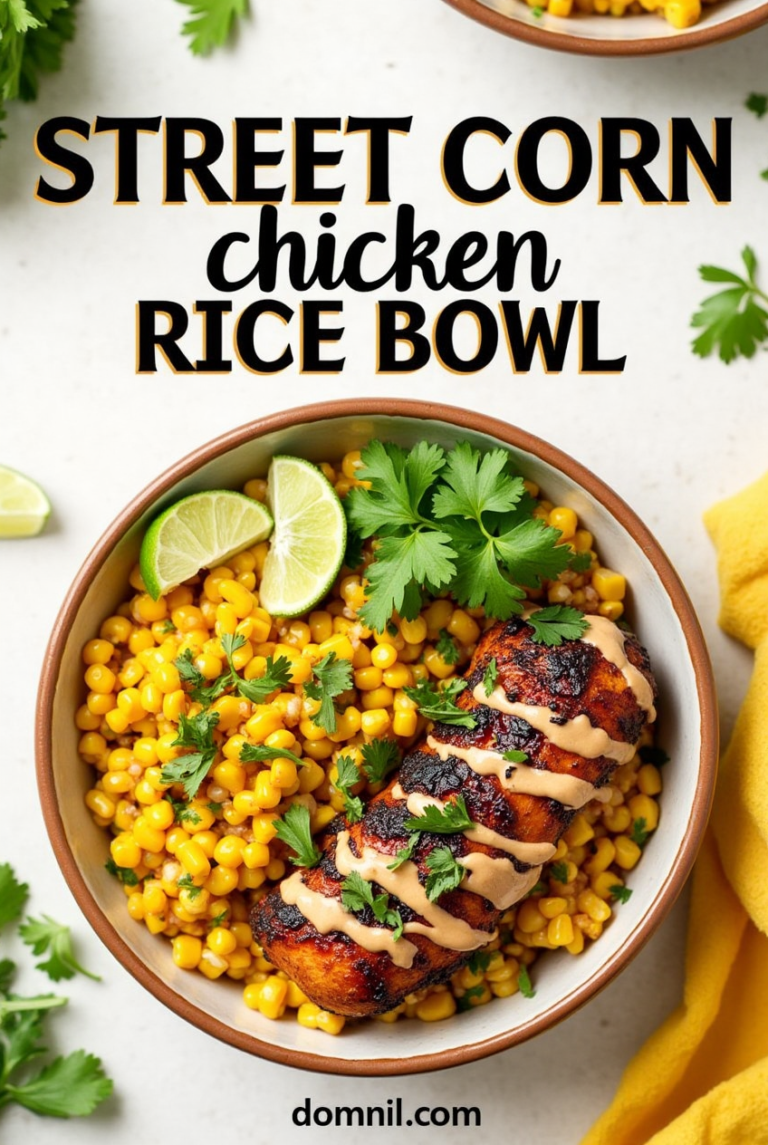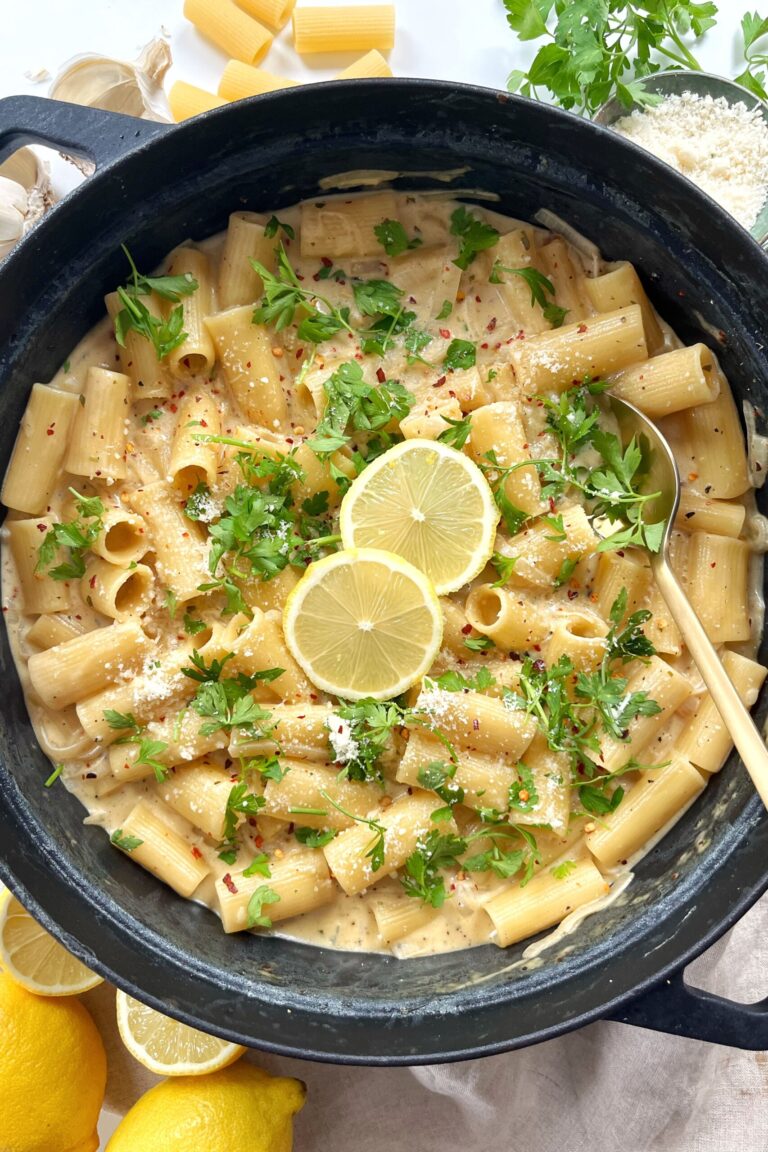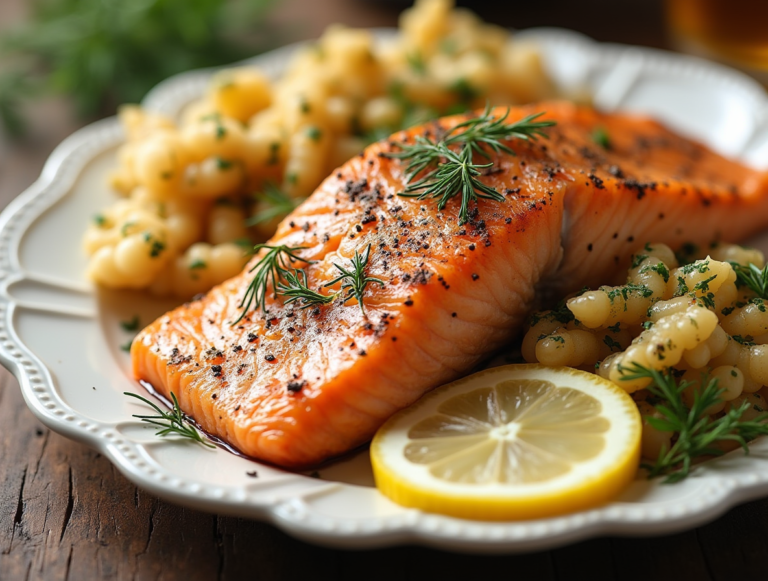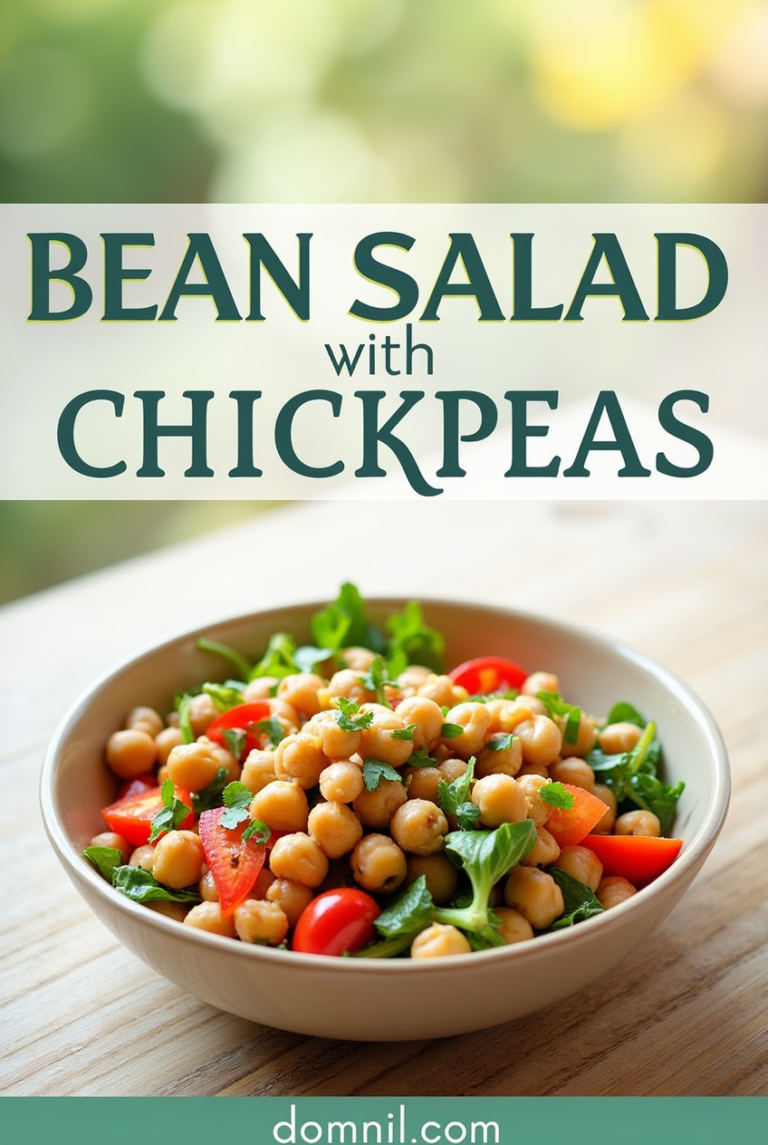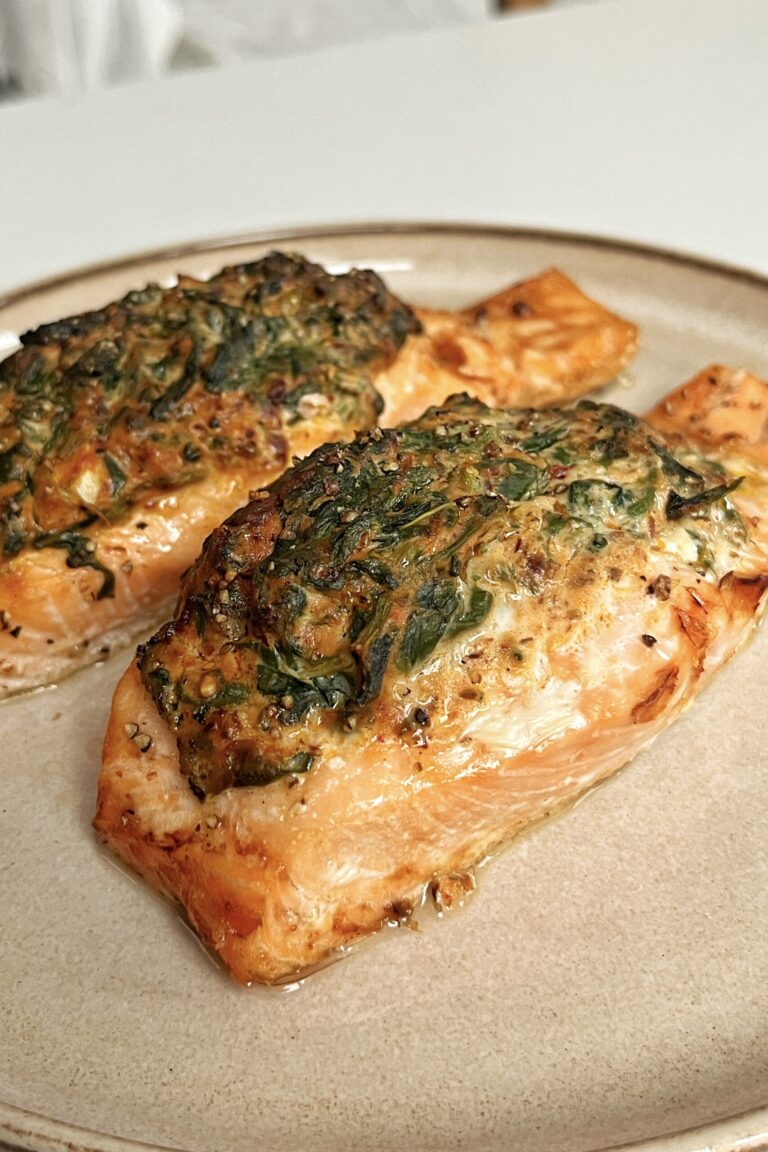Meatloaf: The Ultimate Comfort Food Guide
Introduction to Meatloaf
What is Meatloaf?
Meatloaf is one of those dishes that instantly brings back memories of home-cooked meals, Sunday dinners, and that unbeatable aroma wafting from the oven. At its core, meatloaf is a blend of ground meat (usually beef, pork, or a mix), breadcrumbs, eggs, and a mix of herbs and spices, all shaped into a loaf and baked to perfection. But honestly, that description barely scratches the surface of what meatloaf really is.
It’s not just a meal; it’s comfort on a plate. Every family has their own twist on the recipe—some add ketchup or barbecue glaze on top, while others mix in cheese or diced veggies. What’s beautiful about meatloaf is its versatility. You can customize it endlessly, and it still turns out hearty and satisfying.
Whether you’re cooking for your kids, prepping meals for the week, or just craving something nostalgic, meatloaf delivers. It’s also incredibly forgiving for beginner cooks and budget-friendly, making it a household staple. And when done right, it’s not just tasty—it’s unforgettable.
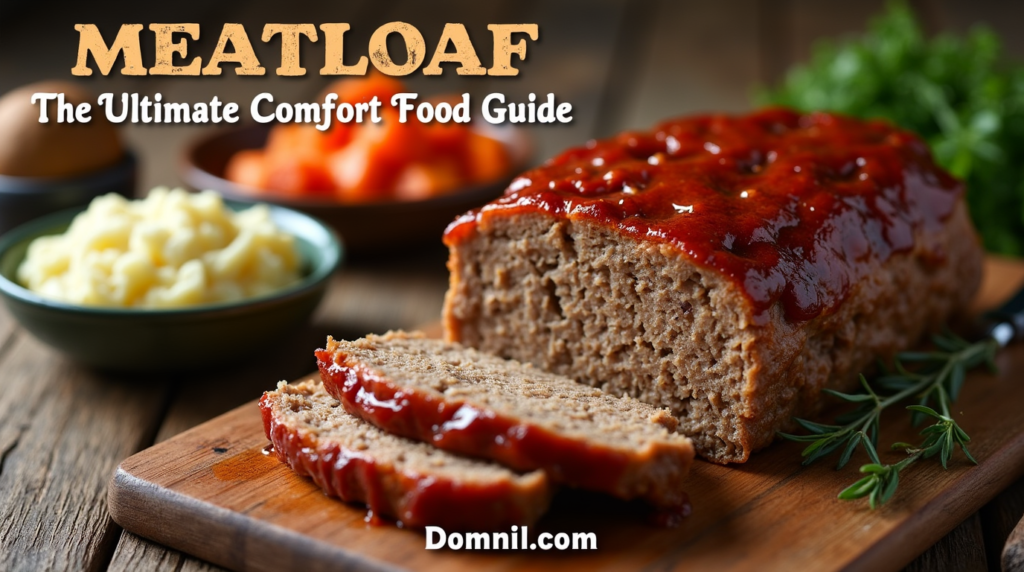
A Brief History of Meatloaf
You might think of meatloaf as a post-war American dish, but its roots go way deeper—like all the way back to ancient Rome deep. Early versions of meatloaf showed up in Roman cookbooks as ground meat mixtures combined with bread and wine. Fast forward a few centuries, and German, Dutch, and Scandinavian immigrants brought their versions of meatloaf to the U.S.
By the late 19th century, American home cooks had embraced it. It gained serious traction during the Great Depression, thanks to its economical nature—stretching meat with fillers like breadcrumbs or oatmeal helped families feed more mouths for less money. In the 1950s, meatloaf got a makeover with the rise of TV dinners and became a mainstay of classic American cuisine.
Today, meatloaf isn’t just stuck in the past. Chefs around the world have modernized it with global flavors, gourmet twists, and dietary-conscious versions. Despite the upgrades, the heart of meatloaf remains unchanged: it’s a dish meant to nourish and comfort.
Ingredients That Make the Perfect Meatloaf
Choosing the Right Meat
Let’s get real—meatloaf lives or dies by the quality of the meat you use. Ground beef is the traditional go-to, especially the 80/20 ratio (that’s 80% lean, 20% fat). That little bit of fat goes a long way in keeping your loaf juicy and rich. But don’t stop at beef! You can mix in pork for tenderness, or even ground veal or turkey for a lighter twist.
Want to take it up a notch? Try a 50/50 mix of beef and pork. Pork brings that soft, almost creamy texture that balances out the beef’s boldness. Ground turkey or chicken is great if you’re watching your fat intake, but be careful—they can dry out fast if you don’t balance them with moisture-rich ingredients like grated veggies or a generous egg.
And here’s a pro tip: avoid ultra-lean meat like 95% lean beef unless you’re okay with a dry meatloaf. Fat is flavor, and a little goes a long way in making your loaf sing.
The Role of Binders and Fillers
So why do we toss breadcrumbs, oats, or even crushed crackers into our meatloaf? Simple—binders are what hold the whole thing together. Without them, you’d just have a crumbly pile of seasoned ground meat. Binders also help absorb juices during cooking, keeping the loaf moist and sliceable.
Eggs play a big role too. They’re the glue that locks the meat and fillers in place, especially once the heat hits and the proteins set. A good rule of thumb? One egg per pound of meat.
As for fillers, you’ve got options. Breadcrumbs are the classic choice—panko if you want a lighter texture, or seasoned crumbs for added flavor. Oatmeal is an old-school trick for bulk and heartiness, while even cooked rice or quinoa can be subbed in if you’re feeling adventurous or going gluten-free.
Bottom line? Don’t skip the binders. They’re not just filler—they’re the structure and moisture insurance policy your meatloaf needs.
Essential Seasonings and Flavor Enhancers
Here’s where you get to make it yours. Seasonings can transform your meatloaf from bland and basic to bold and unforgettable. At the very least, you need salt, pepper, onion, and garlic. But why stop there?
Try adding Worcestershire sauce for umami depth, mustard for a tangy bite, or Italian seasoning for a herby lift. Fresh parsley, thyme, or oregano can bring brightness, while paprika or chili flakes give it a subtle kick. Some people even add soy sauce or grated Parmesan for that next-level savoriness.
Then there’s the magic of aromatics. Diced onions, sautéed in butter, bring sweetness. Garlic adds pungency. Bell peppers? Extra crunch and color.
Don’t forget the glaze. That sweet, sticky layer of ketchup, barbecue sauce, or tomato paste brushed on top isn’t just for looks—it’s a flavor bomb that seals in moisture and delivers a mouthwatering crust.

Cooking Methods and Techniques
Baking vs. Slow Cooking vs. Smoking
Baking is the tried-and-true method most folks use—it’s reliable, straightforward, and gets you that nice crusty exterior with a juicy middle. You shape your meatloaf (either in a loaf pan or free-form on a baking sheet), bake at 350°F (175°C), and check the internal temp until it hits that perfect 160°F (71°C).
Slow cooking is a game-changer if you’ve got the time. It turns meatloaf into something ultra-tender and juicy. You won’t get that crusty top unless you broil it at the end, but what you lose in crust, you gain in melt-in-your-mouth texture.
Smoking? Oh man, if you’ve never had smoked meatloaf, you’re missing out. That deep, woodsy flavor sinks into every bite. Use a smoker at around 225°F (107°C) for a few hours until the internal temp is just right. Add a glaze for that sticky, smoky finish.
Each method has its charm, so pick what suits your mood—and your schedule.
How Long to Cook Meatloaf and at What Temperature
Timing and temperature can make or break your meatloaf. You want it juicy, not dry—and definitely not raw in the middle. So, let’s dial in the best approach.
The golden rule is to bake your meatloaf at 350°F (175°C). It’s the sweet spot: hot enough to cook it through, but not so hot that the outside burns while the inside’s still pink.
For a standard 2-pound loaf, bake it for about 60 to 75 minutes. But don’t rely on time alone. The most foolproof way to know it’s done is to check the internal temperature. 160°F (71°C) is the magic number for doneness when using beef or pork. If you’re using poultry, like ground turkey or chicken, you’ll want to go a bit higher—165°F (74°C) for safety.
Here’s a pro tip: use a meat thermometer and check the center. Don’t guess—nobody wants to slice into their meatloaf and find raw meat staring back.
And don’t forget the resting time. After taking it out of the oven, let it sit for at least 10 minutes before cutting. It helps redistribute the juices and keeps your slices intact and delicious.
Tips to Keep Your Meatloaf Moist and Flavorful
Nobody likes dry meatloaf. Luckily, there are some simple hacks to guarantee moisture every time.
1. Don’t skip the fat.
Lean meat might sound healthy, but it also dries out faster. An 80/20 beef blend gives the right balance between richness and tenderness.
2. Don’t overmix.
Once you dump all your ingredients in the bowl, mix them just until combined. Overmixing leads to dense, rubbery meatloaf. Gentle hands make a juicy loaf.
3. Add moisture-rich ingredients.
Think grated zucchini, mushrooms, onions, or even a little milk. These all bring moisture and flavor without making the loaf soggy.
4. Use a pan with drainage or bake it free-form.
Excess grease can make the loaf soggy if it just sits in a loaf pan. Try shaping it by hand on a baking sheet with parchment paper. That way, the fat drains off and you still get a good crust.
5. Glaze it up.
A topping isn’t just for show. Whether it’s ketchup, BBQ sauce, or tomato paste mixed with brown sugar and mustard, a glaze locks in the juices and adds flavor.
6. Let it rest.
Seriously, let your loaf rest before slicing. It’s tempting to dig in right away, but giving it 10–15 minutes allows the juices to redistribute instead of spilling out all over the plate.
By sticking to these tricks, you’ll never suffer through dry meatloaf again.
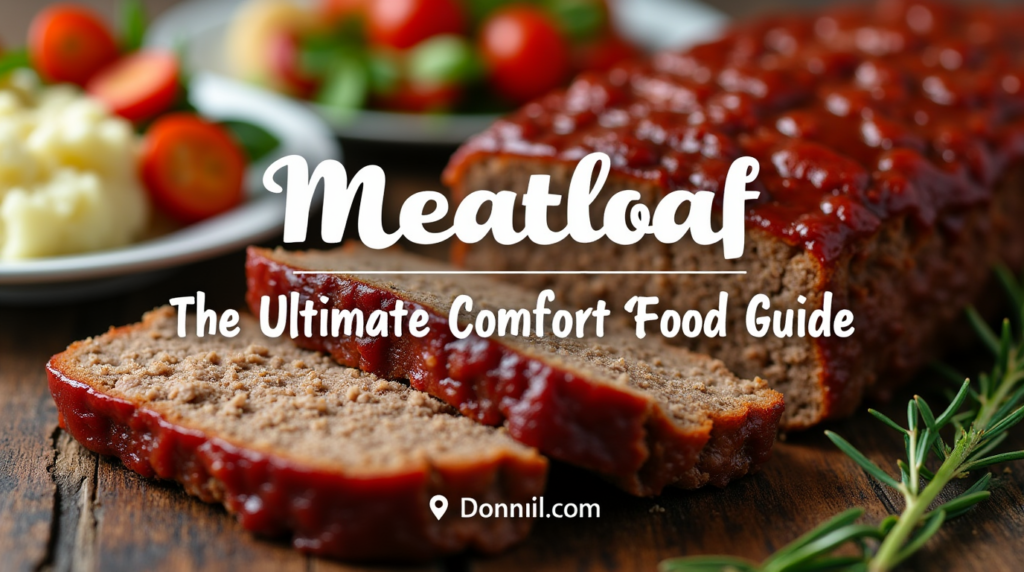
Meatloaf Variations You Need to Try
Classic American Meatloaf
Let’s start with the OG—the all-American meatloaf. It’s the one most of us grew up with: ground beef, breadcrumbs, eggs, onion, garlic, salt, pepper, and maybe a touch of Worcestershire. Then it’s topped with that glossy red glaze—usually ketchup-based, sometimes spiked with mustard or brown sugar—and baked to golden perfection.
This version is pure nostalgia. It’s the kind that pairs beautifully with mashed potatoes and green beans. It’s forgiving, easy to tweak, and always a crowd-pleaser.
Want to fancy it up a bit? Add grated cheddar inside or swap the glaze for a sweet-spicy BBQ sauce. Even better, stuff it with hard-boiled eggs or a layer of sautéed spinach and cheese. Classic doesn’t have to mean boring.
Italian-Inspired Meatloaf
If you’re craving a little Mediterranean flair, Italian meatloaf has your name all over it. Start with a beef-pork combo for richness, and add grated Parmesan, Italian seasoning, and minced garlic to the mix. Swap breadcrumbs for day-old Italian bread soaked in milk—it gives a soft, tender texture.
Then comes the real magic: a mozzarella center. Yup, stuff the loaf with a log of cheese so when you slice into it, you get that glorious melt. Instead of a ketchup glaze, top it with marinara sauce and bake until bubbling.
Serve it with roasted vegetables or over pasta with extra sauce. It’s meatloaf, but dressed up for a dinner date.
Keto and Low-Carb Meatloaf Options
Going low-carb? No problem. Meatloaf is surprisingly keto-friendly with just a few swaps.
First, ditch the breadcrumbs. Almond flour, crushed pork rinds, or flaxseed meal work great as binders. Eggs are still in, of course, and the rest is just smart substitutions.
Flavor is key here—add cheese, herbs, and even bacon on top to make up for the missing carbs. Use sugar-free ketchup or tomato paste for the glaze. And consider mixing in high-fat meats like ground pork or adding shredded cheese inside to boost those keto macros.
You can even make mini keto meatloaves in muffin tins for portion control and quicker cook times. Tasty, healthy, and meal-prep-friendly.
Vegan and Vegetarian Alternatives
Yes, even vegans can enjoy meatloaf—without the meat. These versions swap ground meat for hearty plant-based ingredients like lentils, mushrooms, chickpeas, or black beans.
Start with a solid base—cooked lentils or beans, sautéed veggies, and grains like brown rice or quinoa. Use ground flaxseed mixed with water as your egg substitute, and breadcrumbs (or oats) as the binder. Flavor it with soy sauce, garlic, smoked paprika, and thyme for that umami punch.
Shape it like a classic loaf, top it with a tomato glaze, and bake. You’ll get a sliceable, hearty, and satisfying meatless main that even non-vegans can enjoy.
Bonus? It’s freezer-friendly and packs tons of fiber, protein, and flavor.
Meatloaf Side Dishes and Pairings
Best Sides to Serve with Meatloaf
The right side dish can take your meatloaf from good to legendary. Classic pairings never fail, but why not shake it up a little?
1. Mashed Potatoes
Creamy, buttery mashed potatoes are the classic BFF of meatloaf. It’s the ultimate comfort combo.
2. Roasted Vegetables
Carrots, Brussels sprouts, green beans, or a medley—tossed in olive oil, garlic, and herbs—add color and freshness to balance the richness.
3. Mac and Cheese
For the ultimate indulgence, nothing beats meatloaf with gooey mac and cheese. Kids and adults alike go wild for this one.
4. Steamed Greens or Salad
A simple arugula or spinach salad with a tangy vinaigrette cuts through the heaviness and adds a healthy touch.
5. Cornbread or Dinner Rolls
Something to mop up that sauce or glaze? Yes, please. Slightly sweet cornbread or warm, buttery rolls are perfect.
Mix and match based on your mood or what you’ve got in the pantry—there’s no wrong way to serve it up.
Sauces and Toppings to Enhance Flavor
That ketchup glaze is great, but don’t stop there. Sauce can elevate your meatloaf game big time.
1. BBQ Sauce
Sweet, smoky, and tangy—BBQ sauce adds bold flavor and is a crowd favorite.
2. Brown Gravy
Perfect for a more old-school or diner-style presentation. Especially good with mashed potatoes.
3. Spicy Mustard Glaze
Mix Dijon or spicy brown mustard with honey and vinegar for a zippy twist.
4. Tomato Relish or Chutney
A chunky, slightly sweet and acidic topping that adds depth and zing.
5. Cheese Melt
For the cheese lovers, a layer of sharp cheddar or provolone melted on top takes it to the next level.
Whether you stick to the basics or go gourmet, sauce is your secret weapon for adding layers of flavor and moisture.
Storing and Reheating Meatloaf
How to Store Meatloaf Properly
Let’s say you’ve made a killer meatloaf and there’s some leftover. Awesome—because meatloaf is one of those dishes that actually gets better the next day. But if you don’t store it right, all that savory goodness can go to waste.
Start by letting the meatloaf cool to room temperature. Don’t toss it into the fridge while it’s still hot—it can cause condensation and sogginess. Once cooled, wrap it tightly in plastic wrap or aluminum foil, or better yet, place it in an airtight container.
In the fridge, meatloaf stays fresh for up to 4 days. If you want to keep it longer, freeze it. Slice it first so it’s easier to reheat portions later. Wrap each slice in plastic and then foil, or use freezer bags to save space. Label them with the date and you’re good for up to 3 months.
Best Reheating Methods to Retain Moisture
Reheating meatloaf the right way makes all the difference between a dry, rubbery brick and a juicy, delicious second meal.
Oven Method (Best Overall):
Preheat your oven to 250°F (120°C). Place the meatloaf slices in a baking dish, splash a little broth or water over them, and cover with foil. Heat for 20–30 minutes or until warmed through.
Microwave Method (Quickest):
Place a slice on a microwave-safe plate, cover it with a damp paper towel, and nuke it in 30-second bursts. Don’t overdo it—check often to keep it from drying out.
Stovetop Method (For Crispy Edges):
Place slices in a skillet with a lid, add a splash of water or broth, cover, and heat on low. This steams the meatloaf and brings back moisture while crisping the bottom.
The key with all methods? Low and slow keeps it moist and flavorful.
Common Mistakes to Avoid When Making Meatloaf
Overmixing the Meat
This is one of the top meatloaf sins. When you’re mixing everything together, it’s easy to get carried away—especially if you’re using your hands. But the more you mix, the more the proteins in the meat break down. That results in a dense, chewy loaf instead of a tender, juicy one.
What’s the fix? Use a gentle hand. Mix just until everything’s combined—no more. And if you’re adding veggies or cheese, fold them in at the end to avoid overworking the mix.
Using the Wrong Pan
The pan you choose makes a huge difference in how your meatloaf turns out. A loaf pan might seem like the obvious choice, but it can actually lead to a greasy, soggy bottom because the fat has nowhere to go.
Instead, try shaping the loaf by hand and baking it on a rimmed baking sheet or in a shallow roasting pan. This lets air circulate and fat to drain, giving you that all-important crust on all sides.
If you must use a loaf pan, line it with parchment and tilt it slightly to let grease drain, or use a pan with a removable insert for drainage.
Skipping the Resting Time
When meatloaf comes out of the oven, the inside is still working. Cutting into it too soon is like popping a water balloon—those delicious juices spill out and your meat dries up in a heartbeat.
Give it 10 to 15 minutes to rest before slicing. Just like steak, resting allows the juices to settle and makes slicing easier and cleaner. Patience pays off—big time.

Nutritional Value of Meatloaf
Calorie Count and Macronutrients
Meatloaf’s nutritional profile depends heavily on the ingredients you use. A standard slice (about 4 oz) made with 80/20 ground beef, breadcrumbs, egg, onion, and ketchup glaze clocks in around 280–320 calories. That includes:
- Protein: ~18–22g
- Fat: ~16–20g
- Carbohydrates: ~10–15g
It’s a pretty balanced dish when eaten in moderation. You’re getting solid protein, moderate fat, and some carbs—especially if you pair it with a veggie side instead of mac and cheese.
Want to cut calories? Use leaner meats like turkey or chicken, swap breadcrumbs for oats or almond flour, and go easy on sugary glazes.
How to Make a Healthier Meatloaf
Eating clean doesn’t mean giving up meatloaf. You just have to be strategic.
1. Go lean, but not too lean.
Ground turkey or chicken works well, but mix in veggies like zucchini or carrots to add moisture and nutrients.
2. Add fiber.
Oats instead of breadcrumbs bring in heart-healthy fiber. You can even sneak in flaxseed or chia.
3. Use fresh herbs and low-sodium sauces.
Skip the store-bought seasoning packets loaded with salt. Use garlic, herbs, lemon zest, or apple cider vinegar for flavor without the bloat.
4. Lighten the glaze.
Mix tomato paste with a little balsamic vinegar and honey instead of heavy ketchup or BBQ sauce.
5. Portion smartly.
Serve smaller slices and bulk up the plate with veggies or a salad. You’ll feel full without overdoing the calories.
Meatloaf in Pop Culture and Family Traditions
Meatloaf as a Cultural Icon
Meatloaf isn’t just food—it’s folklore. It’s the dish that’s been featured in sitcoms, cartoons, and even hit songs. Remember that iconic line from A Christmas Story—”Meatloaf, smeatloaf, double beetloaf”? Or the famous rock star who went by the name Meat Loaf? Yeah, it’s kind of a big deal.
It’s also been a staple in diners, TV dinners, and school lunches across generations. It’s humble, hearty, and has a kind of working-class pride about it. No frills, no fuss—just straight-up comfort.
How Families Put Their Spin on the Classic Dish
Every family seems to have their own “secret” meatloaf recipe. Maybe your grandma added crushed saltines instead of breadcrumbs, or your uncle swears by a splash of hot sauce in the glaze. These little tweaks turn a standard dish into a family heirloom.
Some shape it into mini loaves. Others make it in muffin tins. There are meatloaf cupcakes with mashed potato “frosting,” meatloaf burgers, even meatloaf-stuffed bell peppers.
It’s also one of the first meals many parents teach their kids to cook—simple, adaptable, and endlessly forgiving. Whether passed down from a handwritten card or tweaked from a Pinterest board, meatloaf continues to be the kind of meal that brings people together.
Must-Have Tools for Making Meatloaf
- Mixing Bowls (Large & Medium)
- For combining all your ingredients without making a mess.
- Measuring Cups and Spoons
- Accurate measurements ensure your seasoning and binders are just right.
- Loaf Pan or Baking Sheet
- A loaf pan gives the traditional shape, but a baking sheet is better for a crispy crust all around.
- Parchment Paper or Aluminum Foil
- For lining your baking pan and making cleanup a breeze.
- Meat Thermometer
- The most accurate way to ensure your meatloaf is cooked to a safe internal temperature (160°F/71°C for beef or pork; 165°F/74°C for poultry).
- Spatula or Wooden Spoon
- To help gently mix ingredients without overworking the meat.
- Chef’s Knife and Cutting Board
- For chopping onions, garlic, and other veggies.
- Grater or Food Processor
- Useful if you’re adding shredded vegetables like carrots or zucchini to boost moisture and nutrition.
- Small Saucepan (Optional)
- If you’re preparing a custom glaze or sauce from scratch.
- Aluminum Foil or a Lid (for Resting)
- Cover your meatloaf after baking to retain moisture while it rests.
Conclusion
There’s something timeless and magical about meatloaf. It’s the kind of dish that doesn’t scream for attention but delivers unforgettable flavor, comfort, and satisfaction every single time. Whether it’s Grandma’s Sunday special or a weeknight family staple, meatloaf carries stories, traditions, and flavors that are deeply rooted in our kitchens and our culture.
What makes meatloaf so special is its versatility. You can keep it classic with beef and breadcrumbs or give it a creative twist with Italian, keto, or vegan versions. You can stuff it with cheese, glaze it with BBQ, or smoke it low and slow for that backyard BBQ vibe. No matter how you cook it, meatloaf invites experimentation and personalization.
Plus, it stores well, reheats beautifully, and stretches your grocery budget. With the right techniques—like not overmixing, using the right meat, and letting it rest—you’ll turn out perfect meatloaf every time.
At the end of the day, meatloaf is more than just ground meat in a pan. It’s a symbol of comfort, tradition, and creativity on a plate. So next time you need a meal that hits the spot and feeds the soul, you know what to make.
FAQs
1. Can I freeze cooked meatloaf?
Absolutely! Cooked meatloaf freezes beautifully. Slice it first for easy reheating, then wrap each slice in plastic and foil or place them in freezer-safe bags. It’ll keep well for up to 3 months. When you’re ready to enjoy it again, thaw overnight in the fridge and reheat in the oven or microwave.
2. Why does my meatloaf fall apart?
Meatloaf falls apart when it lacks enough binding agents like eggs and breadcrumbs, or when it’s overcooked. Another culprit? Overmixing the meat, which breaks down the proteins. Make sure you’ve got the right binder ratio and mix just until combined.
3. Is it better to cook meatloaf in a loaf pan or free-form?
Free-form is often better because it allows fat to drain away and gives you a nice crust all over. A loaf pan traps fat, which can lead to soggy bottoms. If you prefer using a pan, go for one with a draining insert or line the bottom with parchment.
4. How do I know when meatloaf is done without a thermometer?
While a meat thermometer is best, you can still check for doneness by slicing into the middle—if the juices run clear and there’s no pink, you’re good. Another trick is to gently press the center; it should feel firm but not rock hard.
5. What can I substitute for eggs in meatloaf?
If you’re egg-free, no worries! Try using flaxseed meal (1 tablespoon flax + 3 tablespoons water = 1 egg), chia seeds, unsweetened applesauce, or mashed potatoes. These will help bind the meat just like eggs.


